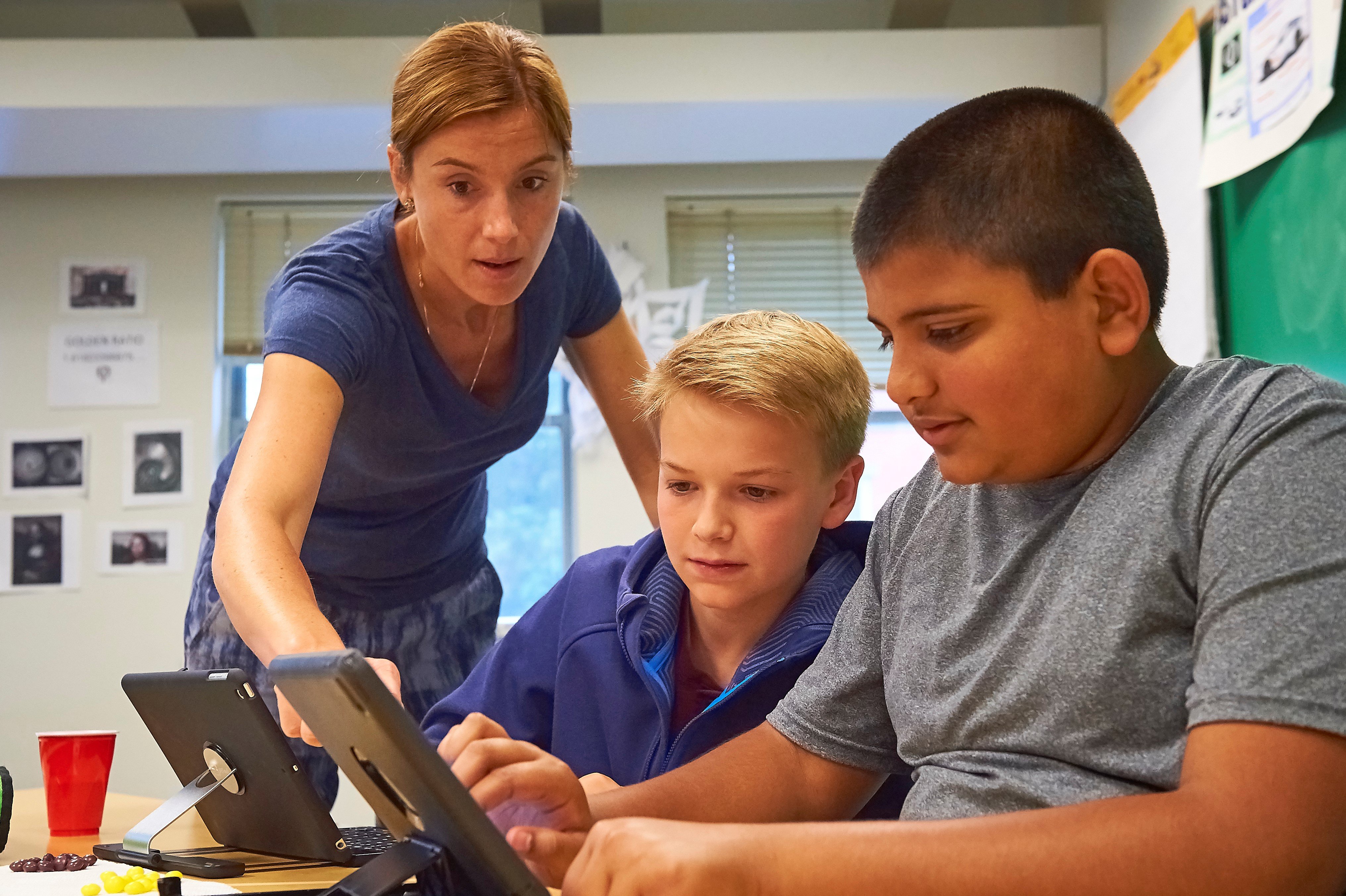(article excerpted from the Buck Institute for Education blog and edited for length.)
In elementary school, math is tangible and authentic. You count money or look at what fraction of a pizza you have left. Once students reach middle school, math loses its tangibility, moving from concrete to abstract. At the same time, it can lose its relevance in the real world. Teachers often wonder if they can make Project Based Learning (PBL) relevant in a math classroom.
Erin Salvucci is a middle school math teacher at Westtown. She has a passion for teaching social impact and equity. This summer at a Buck Institute PBL workshop, Salvucci set out to create a PBL unit that not only teaches her students about linear equations and cost analysis, but also about social and environmental impacts. Her project’s driving question was, “What does your shirt really cost?”
The process began with backwards mapping. The key knowledge and understanding 8th grade algebra students would learn had to be at the heart of this project. Students had to be able to: graph and write linear relationships given a rate of change and y-intercept; find and analyze the solution to a system of equations; analyze and defend monetary costs and profits based on their mathematical data; provide and defend social and environmental costs and impacts based on their research; and present this information graphically.


